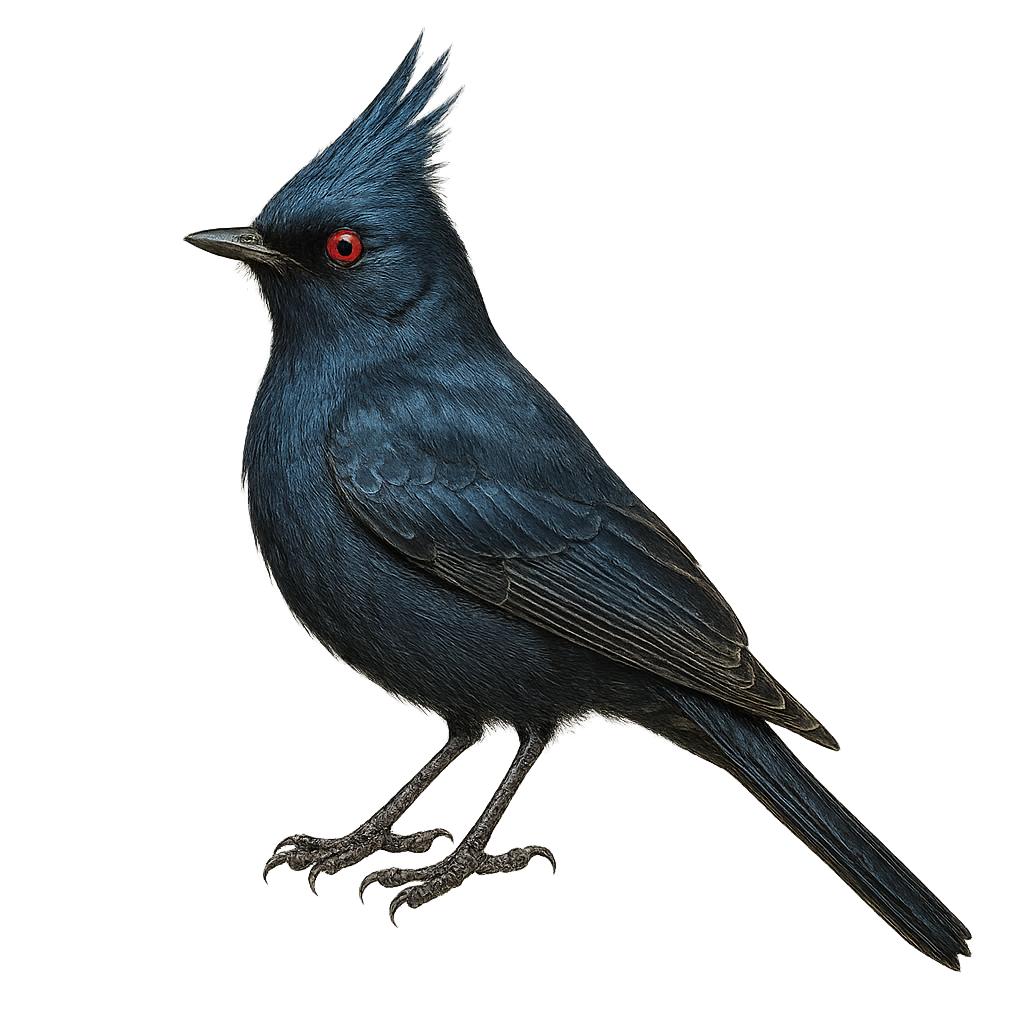Your wildlife photography guide.
Explore the phainopepla in detail, study its behavior, prepare your shots.
Where to observe and photograph the phainopepla in the wild
Learn where and when to spot the phainopepla in the wild, how to identify the species based on distinctive features, and what natural environments it inhabits. The WildlifePhotographer app offers tailored photography tips that reflect the phainopepla’s behavior, helping you capture better wildlife images. Explore the full species profile for key information including description, habitat, active periods, and approach techniques.
Phainopepla
Scientific name: Phainopepla nitens

IUCN Status: Least Concern
Family: PTILOGONATIDAE
Group: Birds
Sensitivity to human approach: Suspicious
Minimum approach distance: 10 m
Courtship display: March to May
Incubation: 14-15 jours
Hatchings: March to June
Habitat:
Deserts, oak forests, shrublands
Activity period :
Primarily active during the day, with peak activity in the morning and late afternoon.
Identification and description:
The Phainopepla is an elegant and distinctive bird, easily recognizable by its glossy black plumage in males and gray in females, with striking red eyes. This bird measures about 18 to 20 cm in length and has a long, slender tail. It is primarily found in the arid and semi-arid regions of the southwestern United States and Mexico. The Phainopepla feeds mainly on fruits, especially mistletoe, but also consumes insects. Its song is a soft whistle, often heard during the breeding season. It is known for its acrobatic flights and territorial behavior during nesting.
Recommended lens:
400mm – adjust based on distance, desired framing (portrait or habitat), and approach conditions.
Photography tips:
To photograph the Phainopepla, it is advisable to use a telephoto lens of at least 400mm to capture precise details without disturbing the bird. Look for areas where mistletoe is abundant, as this bird often feeds there. Be patient and discreet, as the Phainopepla can be suspicious. The best times for photography are early morning or late afternoon when the light is soft and the bird is active.
The WildlifePhotographer App is coming soon!
Be the first to explore the best nature spots, track rutting seasons, log your observations, and observe more wildlife.
Already 1 432 wildlife lovers subscribed worldwide

